At first glance, floating shelves seem like a simple design choice – a sleek, space-saving solution that fits...
- There are no more items in your cart
- Shipping
- Total £0.00
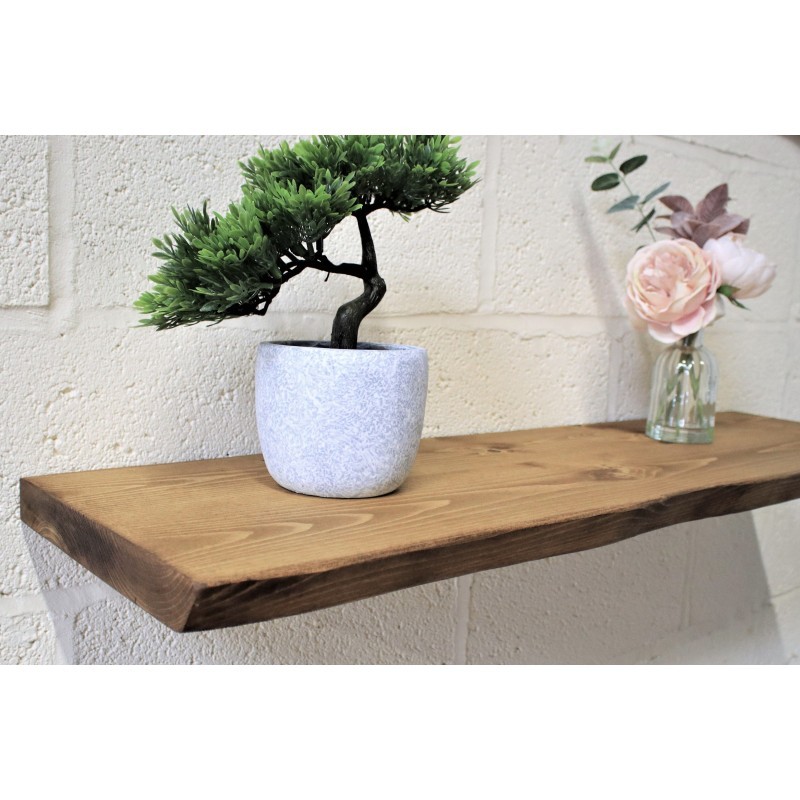
The most common mistakes when hanging wooden shelves (and how to avoid them)
Installing wooden shelves may seem simple, but there are a few common mistakes that can easily turn the process into a frustrating experience. At Chill House, we handcraft solid wood shelves that are built to last. But to really enjoy their full potential, they need to be mounted properly. In this article, we’ll walk you through the most frequent mistakes we see when customers hang shelves, and explain how to avoid them. If you're planning to add wooden shelves to your space, this guide is for you.
Table of contents
- Using the wrong wall plugs (Anchors)
- Skipping the level
- Overloading the shelf
- Not checking wall type
- Mounting at the wrong height
- Bonus tip - Rushing the process
- Final thoughts
Using the wrong wall plugs (Anchors)
One of the most common mistakes is choosing the wrong type of wall plugs or anchors for your shelf installation. Many people simply grab the standard plastic plugs that come in generic hardware kits, without considering what kind of wall they are working with or how heavy the shelf and its contents will be. This can result in shelves that feel loose or even fall off the wall over time. To avoid this, it’s important to identify what kind of wall you have. For example, concrete, brick, plasterboard, and hollow walls all require different mounting systems. For heavier wooden shelves, especially those made from solid oak or ash, we recommend using high-quality, heavy-duty anchors that are designed to support significant weight. If you are unsure what to use, don’t hesitate to ask for help at your local hardware store or message us directly for advice.
Skipping the level
It might be tempting to rely on your eyes and simply "eyeball" the shelf placement. But unfortunately, our eyes can be deceiving, especially when working in a room with slightly uneven floors, furniture, or lighting. A shelf that looks almost straight when mounted can still end up noticeably tilted once you step back and take a look.The solution is simple. Always use a level before drilling. A basic spirit level works perfectly fine, and digital or laser levels are even more accurate if you have access to one. Take your time to mark the drill holes carefully and double-check the alignment before committing. This extra step will save you from having to redo the installation later and ensures that your shelf not only functions well but also looks clean and professional on the wall.
Overloading the shelf
Even though solid wood is extremely strong and durable, every shelf has its limits - especially if it’s not supported with the correct hardware. A common mistake is placing too much weight on a shelf that isn’t properly anchored or supported, which can lead to sagging, wobbling, or even complete failure.To prevent this, start by understanding the weight capacity of the brackets or wall fixings you're using. Longer shelves may need extra support in the middle, and floating shelves with concealed brackets often require very precise installation to hold heavier items safely. Try to distribute weight evenly across the surface and avoid placing all heavy objects on one side. Decorative balance is just as important as structural stability.
Not checking wall type
Assuming that all walls are the same is a common oversight. Many people believe their walls are solid brick or concrete when in reality they might be plasterboard or have insulation behind them. Drilling into an unknown wall type without preparation can result in poor anchoring or damage. Before installing your shelf, take a moment to identify what kind of wall you are dealing with. You can tap lightly on the wall and listen to the sound - a hollow sound usually means plasterboard, while a solid, dull sound indicates concrete or brick. For added certainty, consider using a stud finder or asking a professional. Each wall type has its own best practices, and choosing the right fixing method from the start will save time and reduce stress later.
Mounting at the wrong height
Shelf placement is not just about aesthetics, it also affects how useful and comfortable the shelf will be. Mounting a shelf too high might make it hard to reach or decorate, while placing it too low could make the room feel cramped or awkward. Unfortunately, many people install shelves without fully thinking through how they will be used. To get the height right, think about the function of the shelf. Is it decorative? Will it hold books, plants, or kitchen jars? A good general rule for wall-mounted shelves is to place them around eye level, which is usually 140 to 150 cm from the floor, depending on the space. For shelves above desks or beds, consider how they interact with nearby furniture. It’s worth taking a few minutes to sketch or visualize the layout before reaching for the drill.
Bonus tip - Rushing the process
Mounting a shelf isn’t a complex job, but it does require precision. One of the most common underlying causes of installation problems is simply going too fast. Maybe you don’t have all the tools, or you want to get it done before dinner guests arrive. We get it, but rushing often leads to misaligned holes, unstable fixings, or damaged walls. Our advice is to set aside dedicated time for the installation. Gather the tools you need - a drill, tape measure, level, pencil, wall plugs, screws, and a screwdriver. Make a cup of coffee, put on some music, and enjoy the process. Hanging shelves can actually be a satisfying little project if you don’t treat it like a chore.
Final thoughts
Installing solid wood shelves is one of the easiest ways to add style and function to your home, but it’s worth doing properly. At Chill House, we build each shelf by hand using natural materials, and we want them to last for years, not fall down after a week. By avoiding the most common mistakes and taking a bit of time to plan and measure, you’ll end up with shelves that are strong, safe, and beautiful.
If you’re unsure about how to hang your shelf, or you’re wondering which fixing method is right for your space, feel free to reach out to us. We’re happy to help with practical advice, custom sizes, or finishing suggestions. Need help choosing the right shelf or installation system? Get in touch - we’re happy to help.

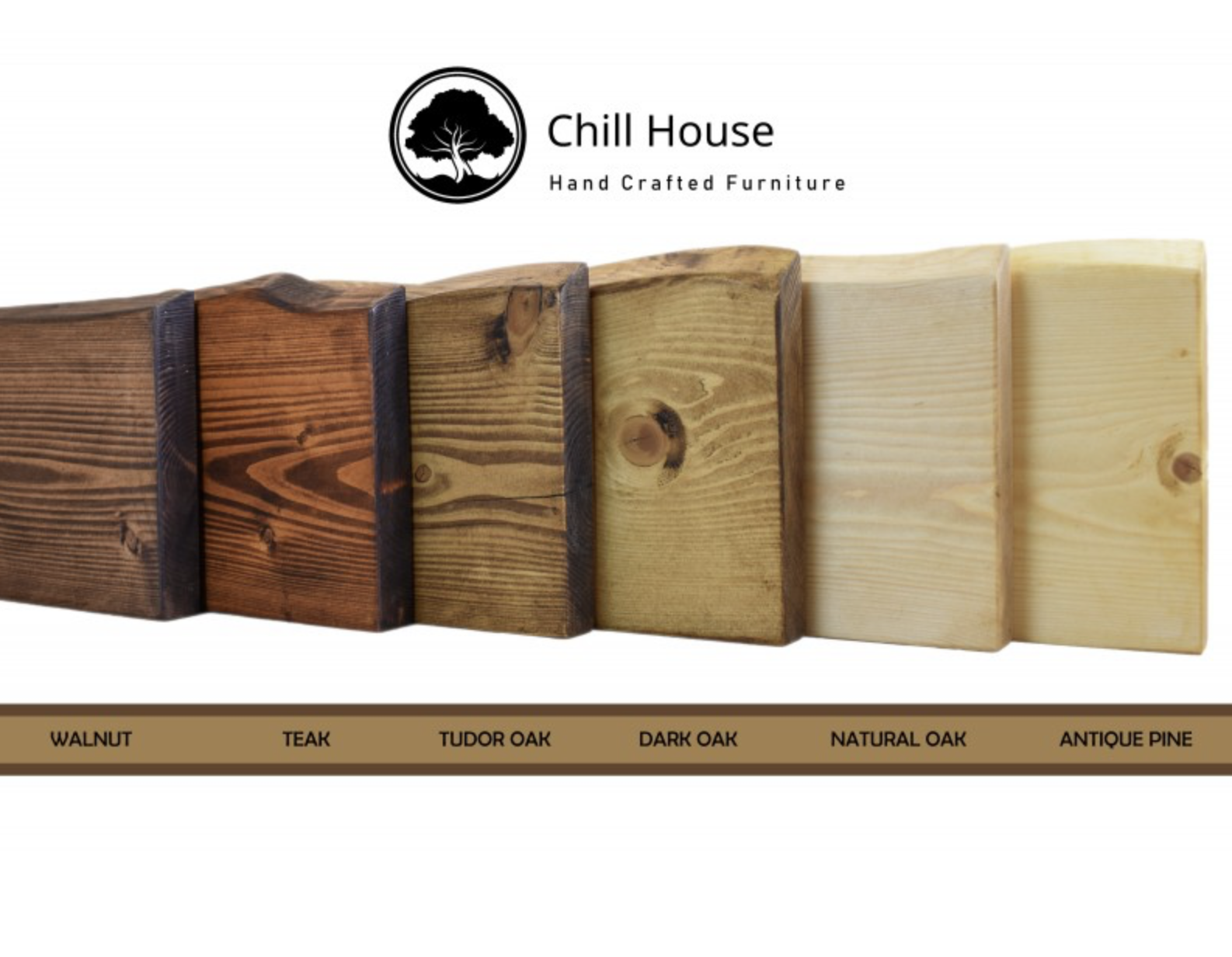
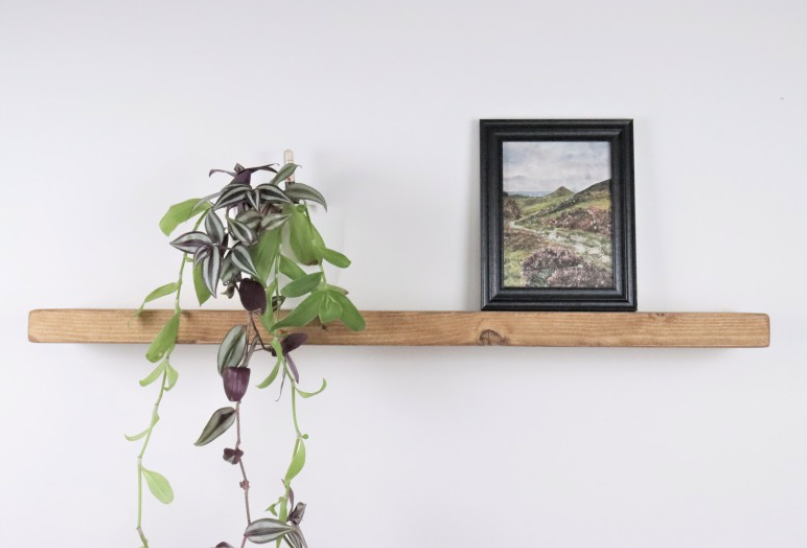
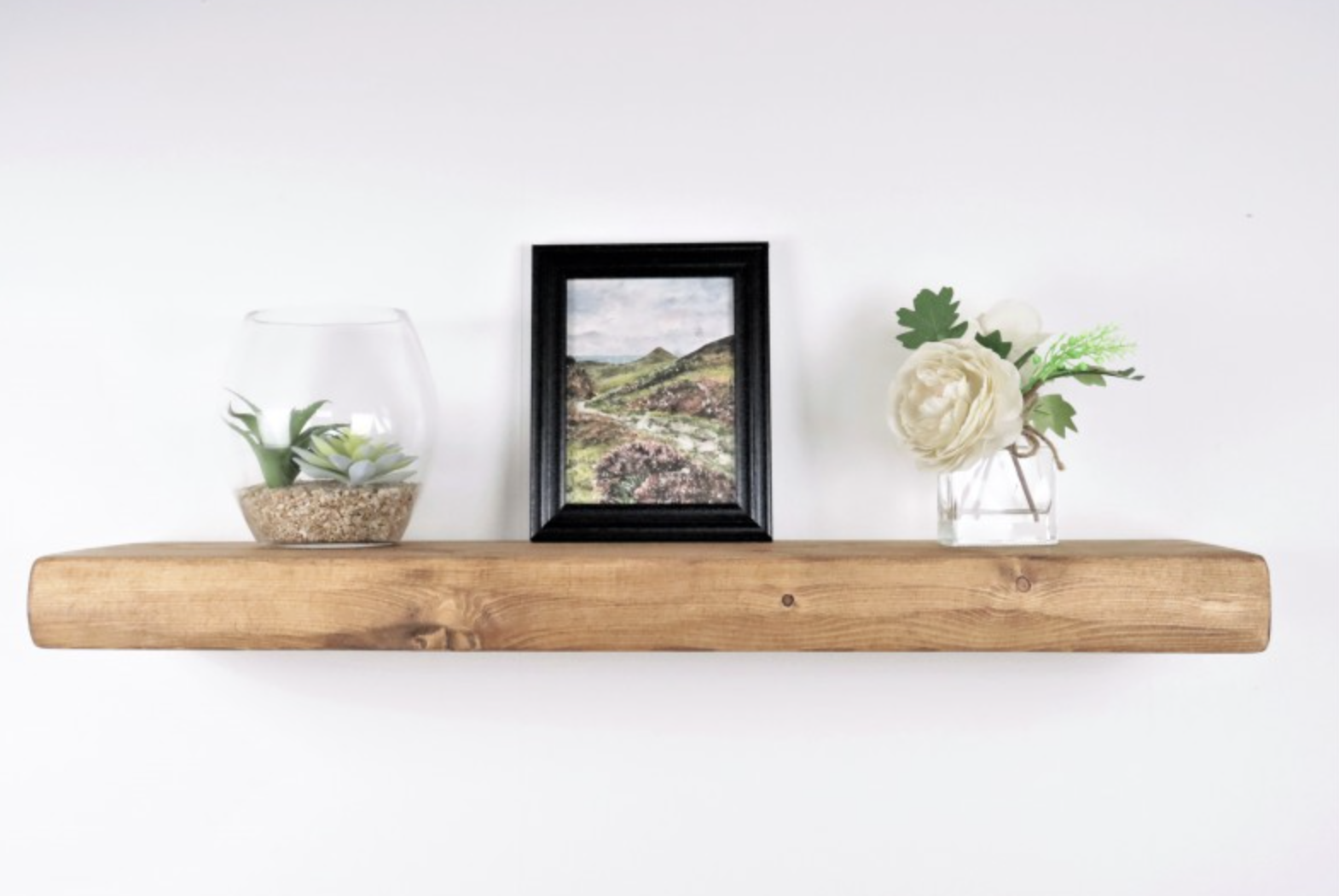
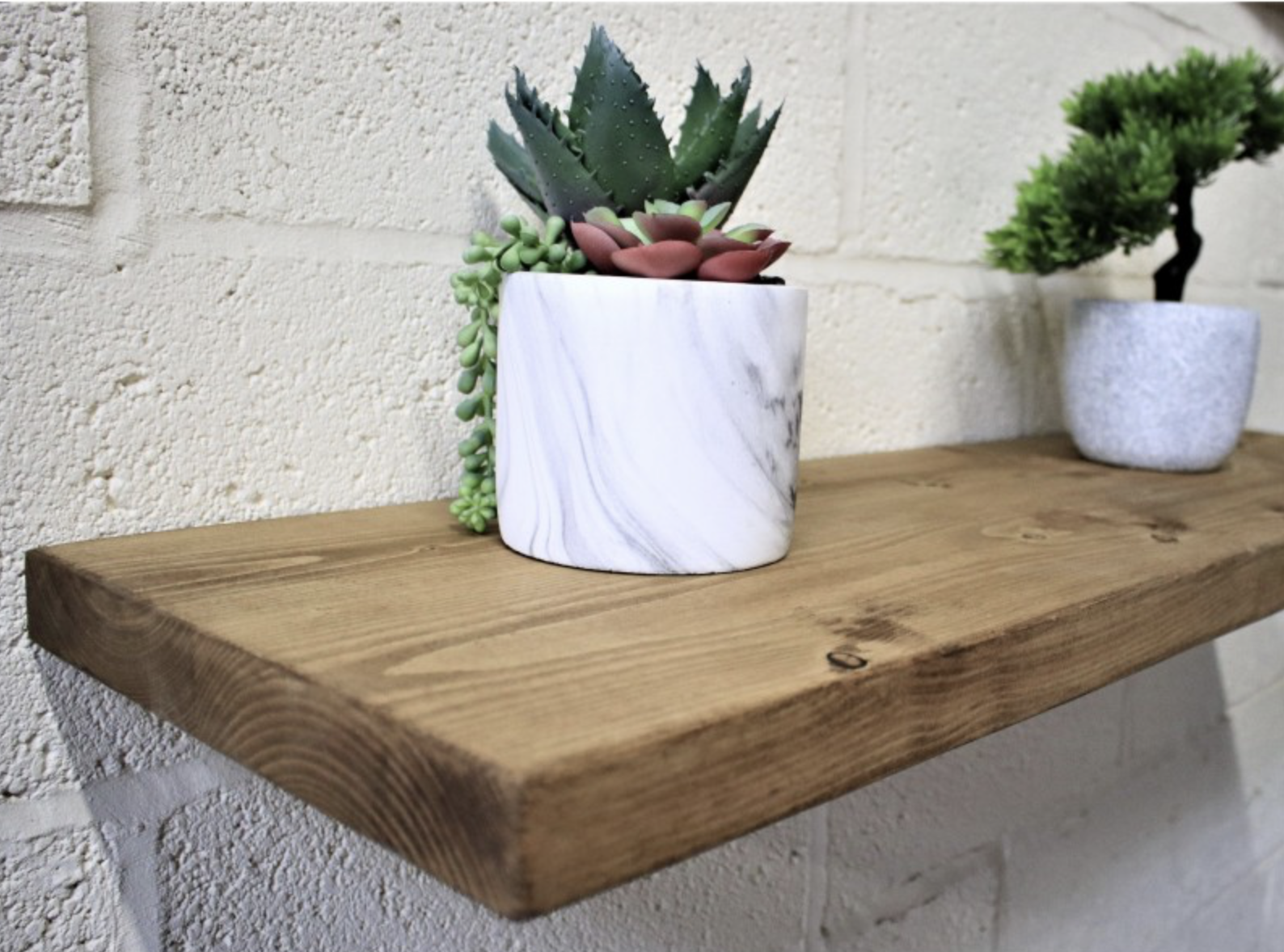
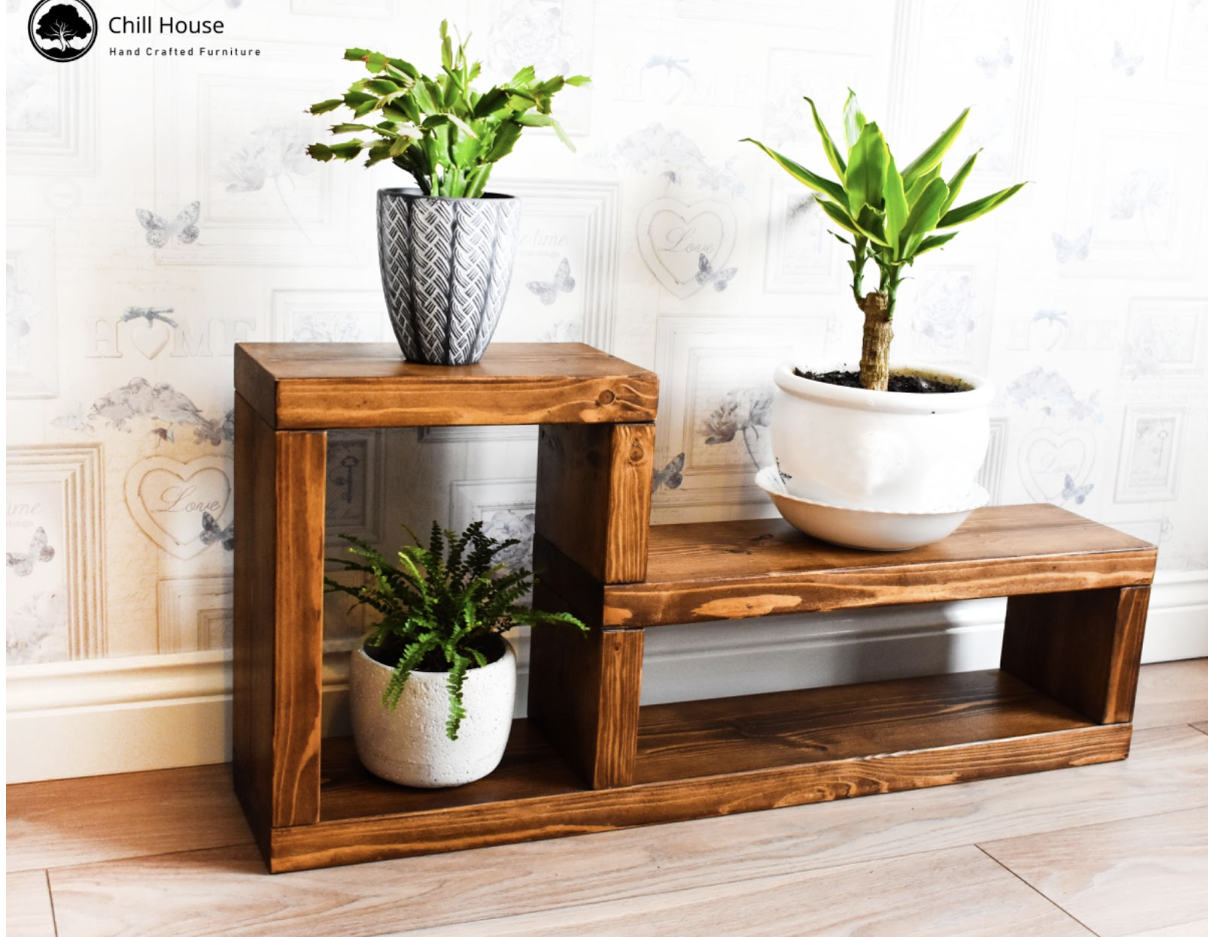
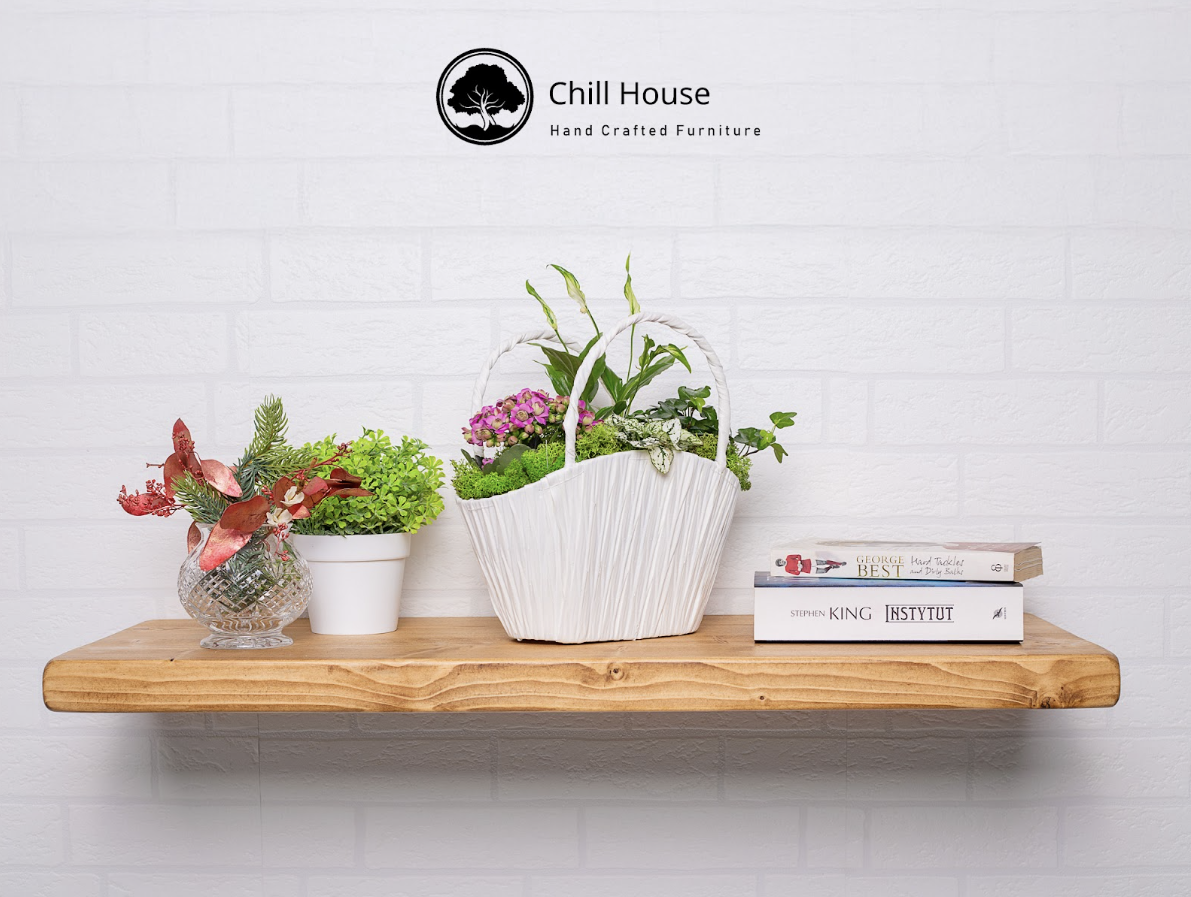


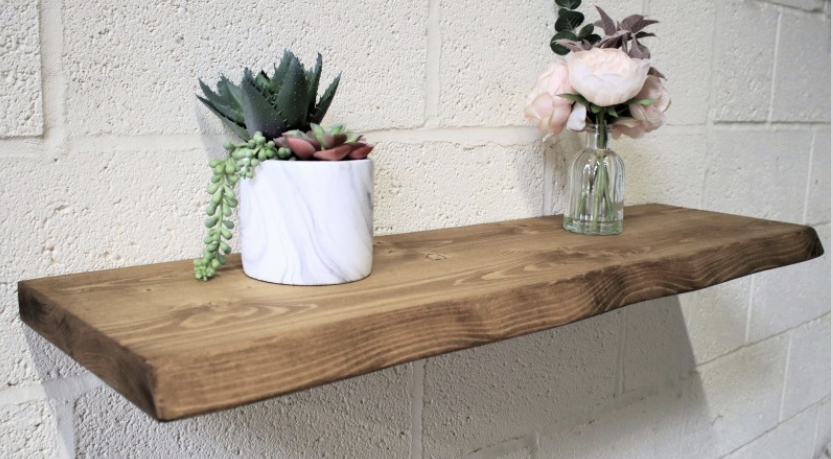
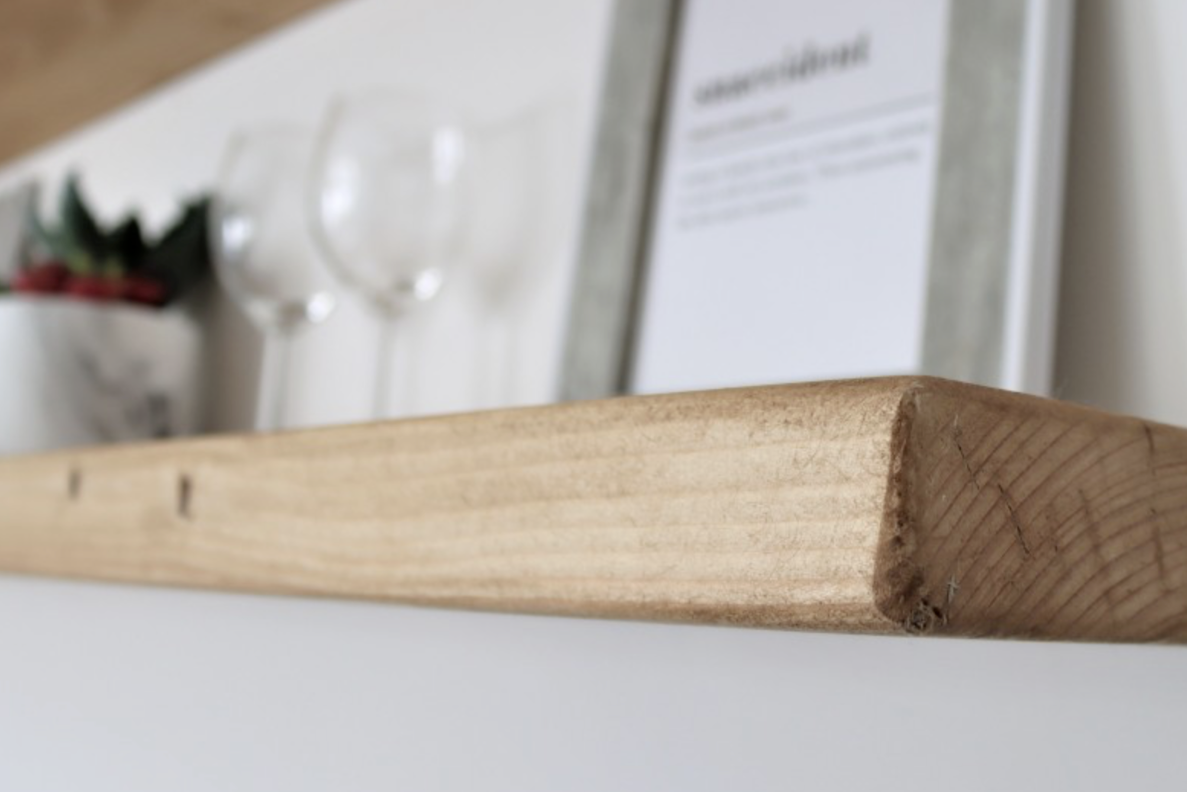





Leave a comment